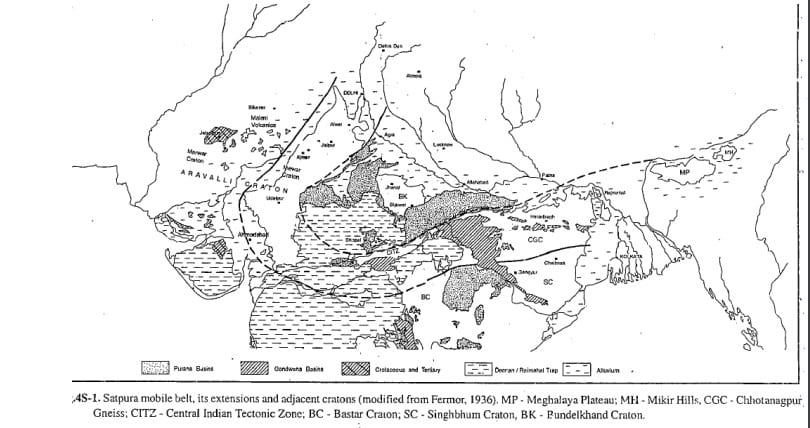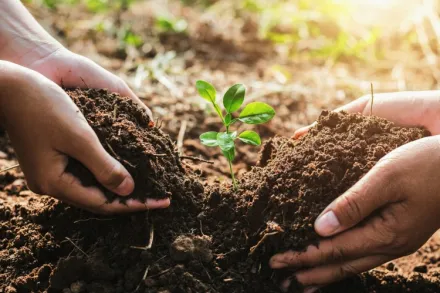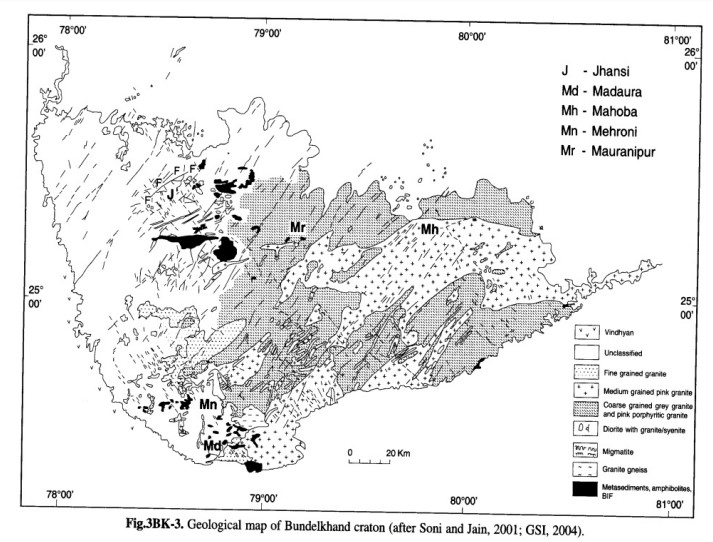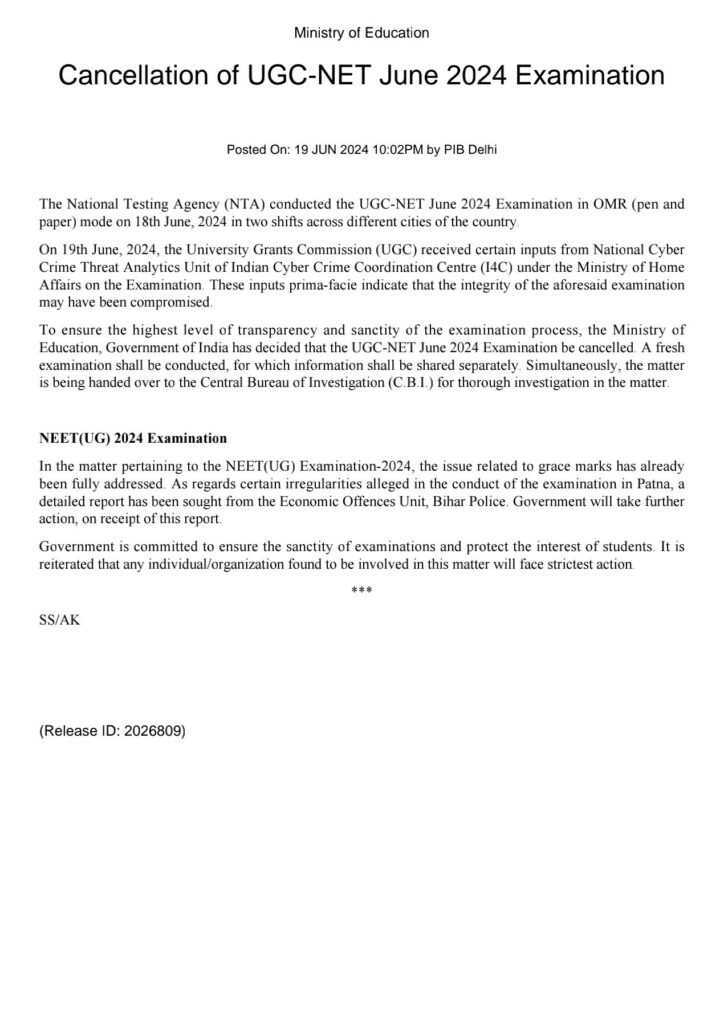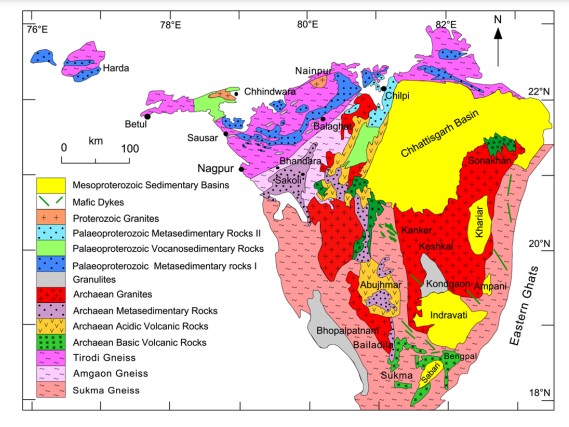Satpura Mobile Belt (SMB)
Satpura Mobile Belt (SMB) What is the Satpura Mobile Belt? The Satpura Mobile Belt (SMB) is a very long east-west trending orogenic belt that traverses the northern part of Peninsular India. It divides the Indian shield into the northern Bundelkhand protocontinent and the southern Deccan protocontinent. How is the Satpura Mobile Belt divided? The belt […]
